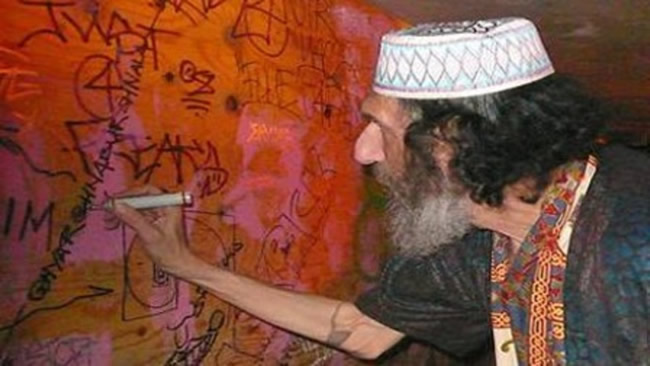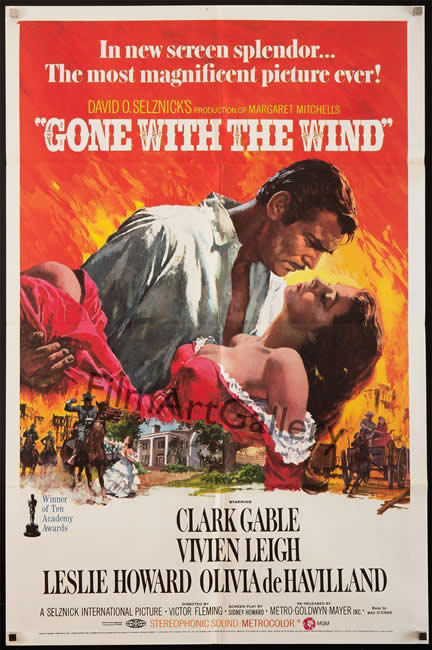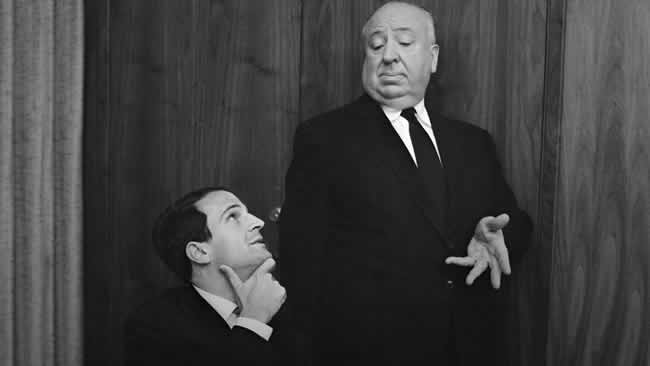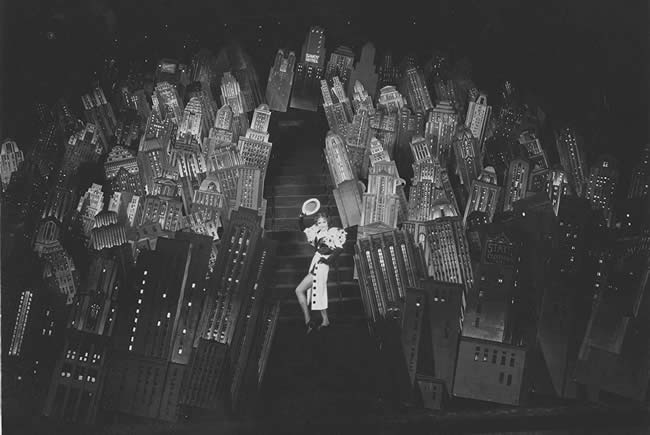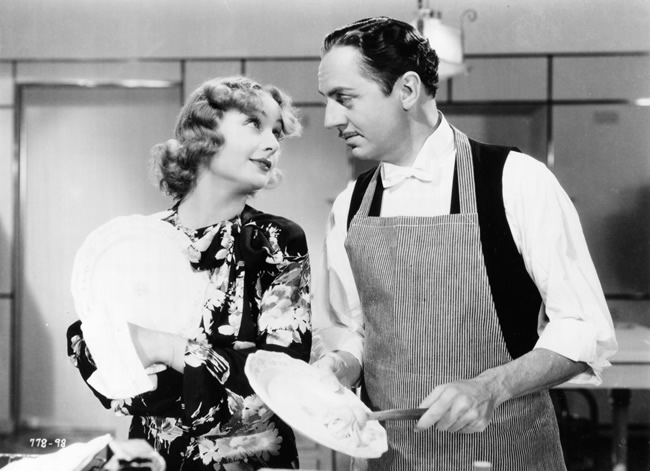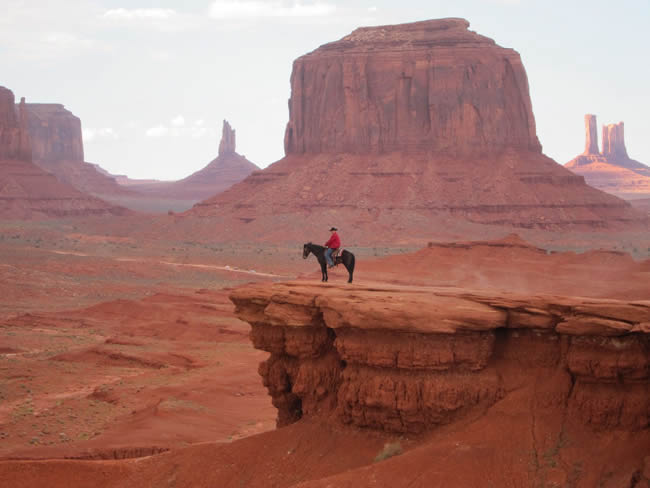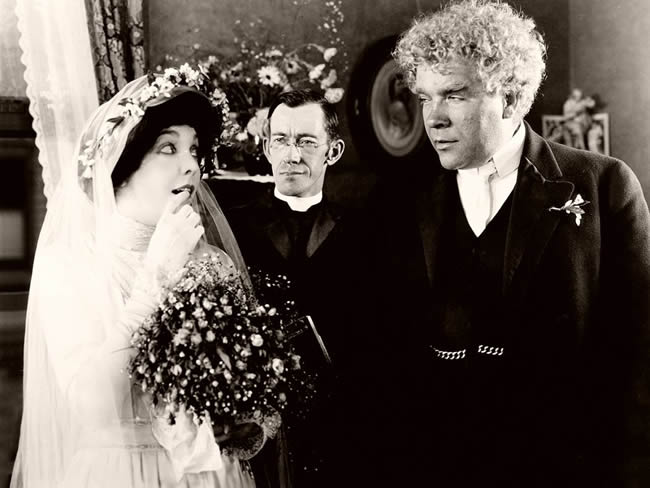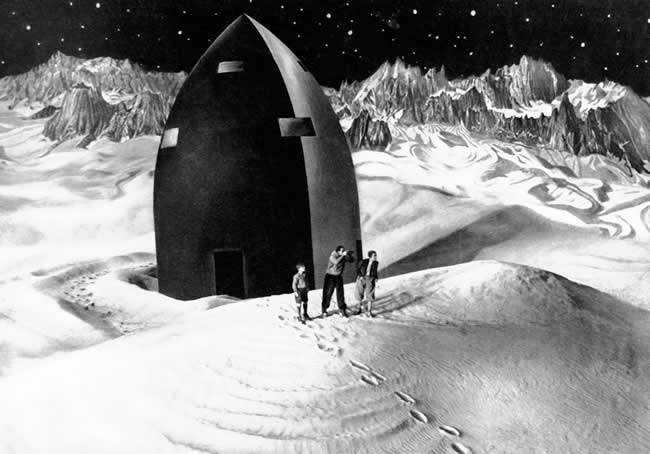
Image from Woman in the Moon (1929)
This silent German science-fiction film from Fritz Lang introduced the concept of counting backwards before a rocket lift-off. Lang was looking for a way to dramatize the launch and hit on the idea of having someone count down to zero. The count down procedure became commonplace in both films and novels and was later adopted by NASA for the real thing. This movie also explored the effects of zero gravity in space and accurately predicted a two-stage rocket powered by liquid fuel.

